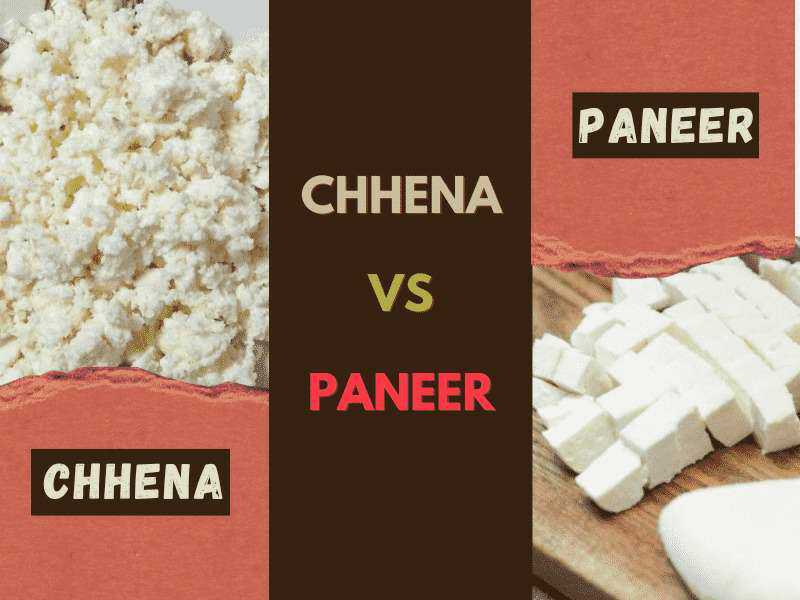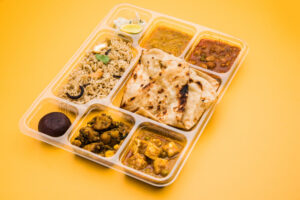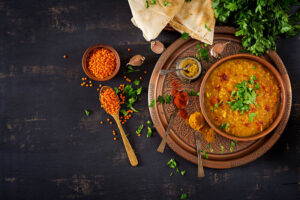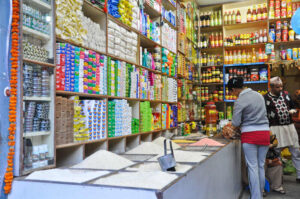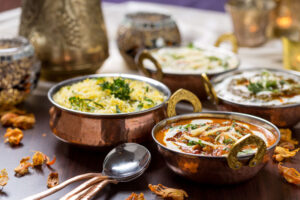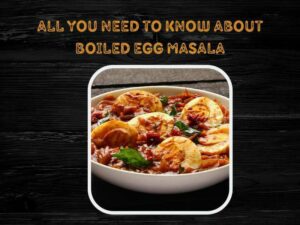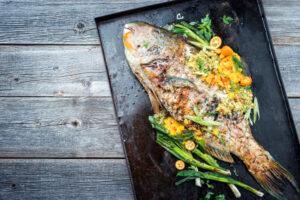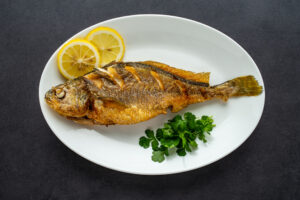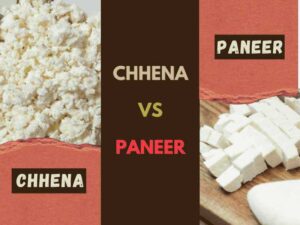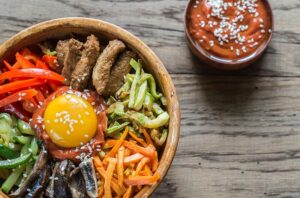Paneer’s popularity is unrivaled in Indian cuisine, and now it’s gaining worldwide recognition due to changing diet trends and its non-melting quality. Chhena, on the other hand, is a paneer that hasn’t been set. But, their uses drastically differ from each other. So, let’s compare chhena vs paneer to find out how these cheeses are alike and what sets them apart.
What are the similarities between chhena vs paneer?
There are loads of similarities between chhena vs paneer. In fact, they are essentially the same cheese with differing textures.
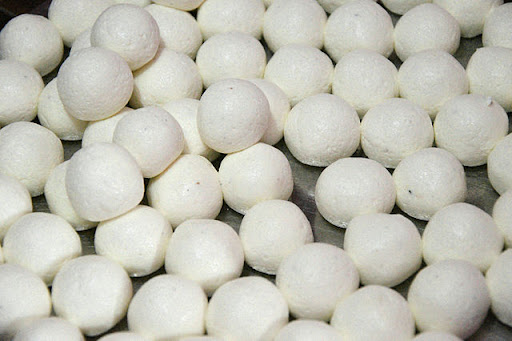
To make chhena, you need to form cheese curds using a type of acid – lemon juice, vinegar, and the like. Milk solids, formed after the milk (typically from a cow or buffalo) has curdled, are called chhena. They are obtained by passing the curdled milk through a muslin cloth. The same chhena, once firm and set, is called paneer, the Indian cottage cheese. We will discuss making chhena and paneer at home later in detail in the article.
Since they are made the same way minus one final step, chhena and paneer have the same mild and milky taste. This makes them perfect for taking up the flavor – both sweet and savory.
Another similarity between chhena vs paneer is they both have excellent health benefits. These high in protein products are great for teeth and bone health. In addition, they are said to improve heart health, help manage blood sugar levels, and promote weight loss.
Both chhena and paneer, when made with whole milk, have high-fat content, so their consumption should be restricted to moderate levels.
What are the differences between chhena vs paneer?
Despite their various similarities, chhena vs paneer also has a few differences, especially in how they look and their uses in Indian cuisine.
Texture
Paneer is an extremely popular Indian cheese found in various savory curries and gravies. A big reason for its versatility is that you can cut fresh paneer into pieces and heat it. As a result, the cheese will not lose its shape.
Simply put, paneer is a soft, non-melting cheese that does not crumble easily. Furthermore, since the paneer has all its excess water wrung out, it is firm enough to handle the heat.
Chenna, on the other hand, is not set firm and retains moisture. This makes it much softer and crumblier than paneer. Chhena’s high moisture content means it cannot be used in cubed form like paneer.
#WorldMilkDay ????????
— Dept of Animal Husbandry & Dairying, Min of FAH&D (@Dept_of_AHD) May 25, 2021
Chhena is a fresh curd #cheese made primarily from #CowMilk, and has a moist & crumbly texture! #AGlassofGoodness #Milk #दूध #Dairy #DairyIndia pic.twitter.com/gpY3oR8F6k
Preparation Method
The preparation method for chhena vs paneer is nearly identical, except for one very significant difference. Once the milk solids are formed and strained, you have chhena.
To turn the chhena into a paneer, you must eliminate all the moisture in the cheese curds. Then, you need to shape the curds into a block by tightening the muslin cloth on all four sides. Lastly, you have to weigh the paneer block down with something heavy. In a couple of hours, your cheese will be set, giving you a paneer that you can cube and use as you like.
Did you know? Like chhena and paneer, yogurt is also a dairy product made from milk. Find out more information about yogurt vs paneer here.
Uses and Popularity
Internationally, you will see that paneer is way more popular than its crumbly counterpart. But, in the Indian subcontinent, both have their own place. While paneer is a staple for North Indian curries like paneer butter masala, chhena is used to make Bangladeshi sweets.
Find out how indian paneer vs bangladeshi paneer compares here.
The difference in use, paneer in savory dishes and chhena in sweet, is primarily due to the change in texture. Paneer is firm and hard to shape. Thus, it is best used in chunks in gravies as a protein source.
Chhena is used to make mouth-watering sweets like Khira Sagara, Rasgullah, Chum Chum, and Ras Malai. Chenna Poda, meaning roasted cheese, is another popular dessert made using fresh chenna.
You can make Chhena Poda by mixing chhena with sugar, cardamom powder, rice flour, and dry fruits. Find the complete recipe here.
Making Chhena vs Paneer At Home
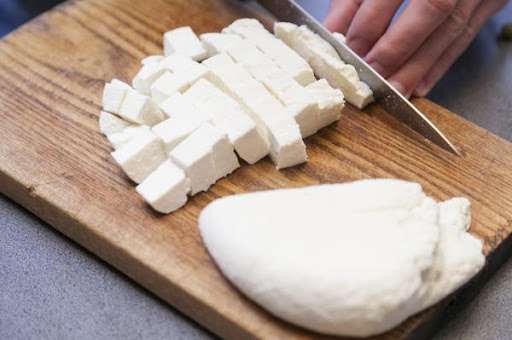
Making chhena and paneer at home is very simple. You can either stop the process as you reach the “chhena” stage or set the homemade cheese to make paneer. We have mentioned the minute difference in how you make these cheeses. Here, we look at the recipe card in detail, with accurate measurements for fool-proof results.
Here’s what you will need:
- Full cream milk – 6 cups
- Lemon juice – 2 tbsp. (you can also use vinegar)
To make chhena, follow these steps:
- Bring milk to a boil in deep stainless steel or non-stick pan.
- Turn off the heat and add lemon juice to the hot milk.
- Let the milk stand for a couple of minutes until it starts curdling.
- Strain the curdled milk using a cheesecloth.
- Bring all four sides of the cheesecloth together to remove whey from the cheese curds.
- Wash the remaining chhena in the cheesecloth with clean water twice.
- Hang the cheese curds in the cheesecloth to remove excess moisture.
- Chhena is ready to use.
Find video instructions on how to make chhena at home here.
To make paneer, you should not take the cheese curds out of the cheesecloth. Instead, tightly squeeze the cloth to remove all water and place something heavy on the cheese block inside the fabric. The cheese will become firm and hold its shape in a couple of hours. Your paneer is now ready.
To learn more about if you should be using vinegar or lemon to coagulate milk, read our article on vinegar vs lemon for paneer.
What can I cook with chhena paneer?
Chhena is used in making various Indian and Bengali sweets, especially around festivals. Using this fresh cheese, you can make Rasgulla, Chum Chum, Ras Malai, and Chhena Poda.
Is chena better than paneer?
The answer to this question is subjective. Chhena and paneer have equal health benefits and mild flavor. For sweets, chhena is better due to its moldable, crumbly texture. However, paneer’s firm form is the clear winner for savory dishes.
Is chena a good source of protein?
Chenna is an excellent source of protein. There are 22 grams of protein in one cup of chenna. However, since it is also high in fat (29 grams in the same quantity), its consumption should be moderate.
Is chenna good for diabetes?
Studies show that high-fat milk products like chhena can help reduce type-2 diabetes risk. However, since chhena is usually the key ingredient for sweets, naturally, consuming excessive sugar cannot be suitable. Therefore, if you want to avail these benefits, you need to have them unsweetened.
